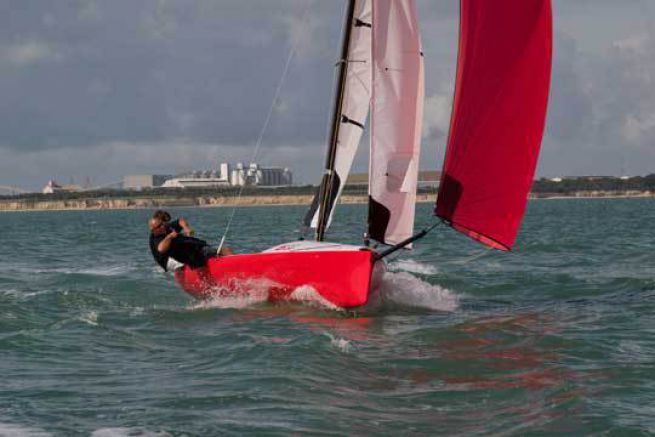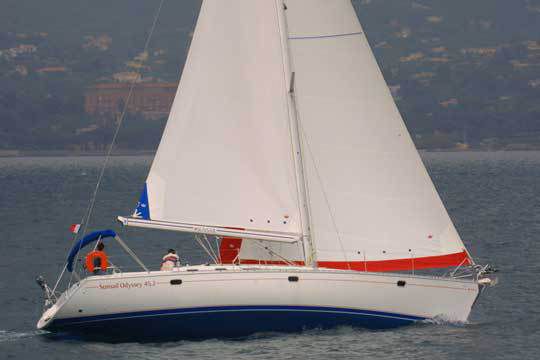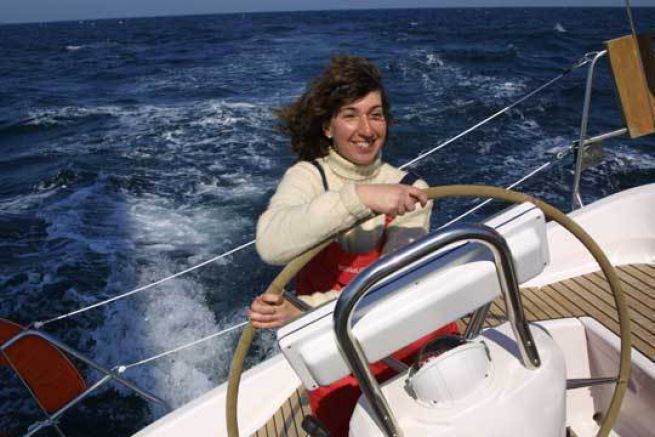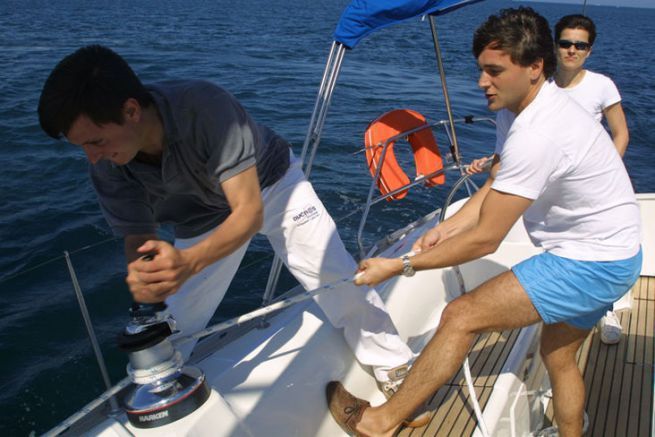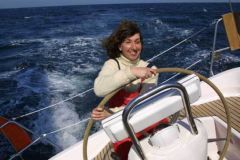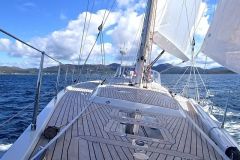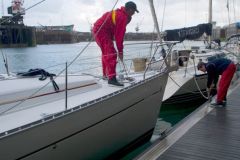A sailboat moves with the wind. We call windvane, the direction from which the wind is blowing in relation to the sailboat. We define 5 main points of sail:
- Upwind
- The right tank
- The ribs
- The drop
- Tail wind
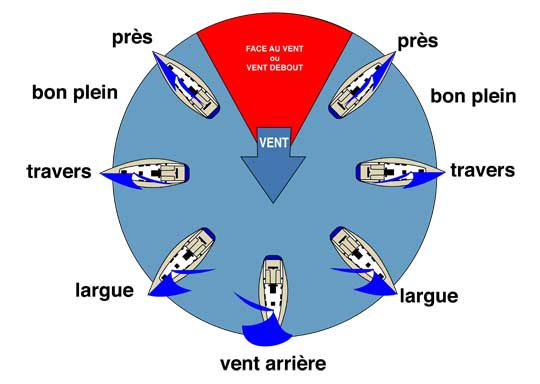
Standing wind
Headwind, wind blowing directly on the bow, is not a point of sail as the yacht cannot progress. The angle at which the boat is facing the wind is between 30° and 45° (30° for the best performing racing yachts and 45° for cruising yachts).
When a sailboat is in this area, it is said to be upwind or downwind. A sailboat that has to go in this direction will have to tack upwind to get close to it.
Upwind

Close-hauled is the closest point of sail to the wind bed achievable by the yacht. The sails are set to maximum and the boat heels. This is not a fast point of sail, especially as it is often combined with a head-on sea.
The right tank

By moving away from the wind bed (around 60°), the yacht finds itself at full speed. The sails are shocking, the sailboat straightens and heels less, it accelerates. The point of sail is much more comfortable than upwind sailing.
The ribs
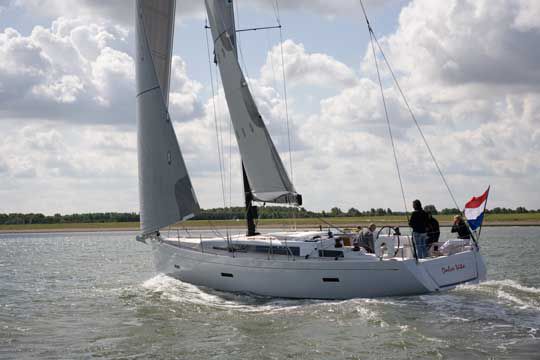
At this speed the wind comes abeam of the boat (90°). We arrive in what we call downwind conditions. Depending on the sails on board, a gennaker or a spinnaker can be sent.
The beam is the most comfortable point of sail, because it is fast, with the boat not heeling too much, but still stays in the wind (it does not roll).
The drop
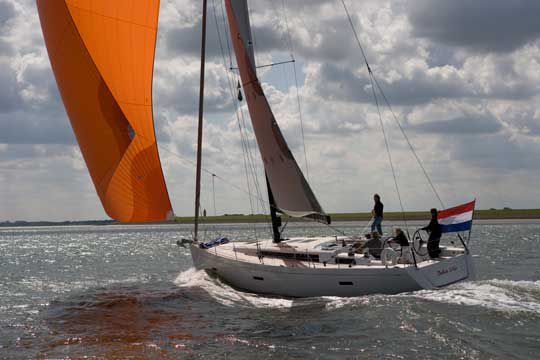
At the drop, also known as the big drop, the wind comes from ¾ aft. The point of sail is fast, especially if downwind sails are used.
Tail wind
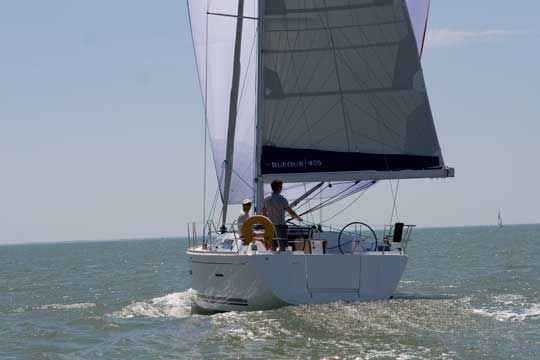
At this speed, the wind comes from the back of the boat. The flows on the sails are no longer laminar. The sailboat moves at best at the speed of the wind without being able to overtake it. Often prone to roll, this point of sail is not easy to control at the helm, because you must not let yourself be carried along by a wave and pass over the other failure (a sudden start).
